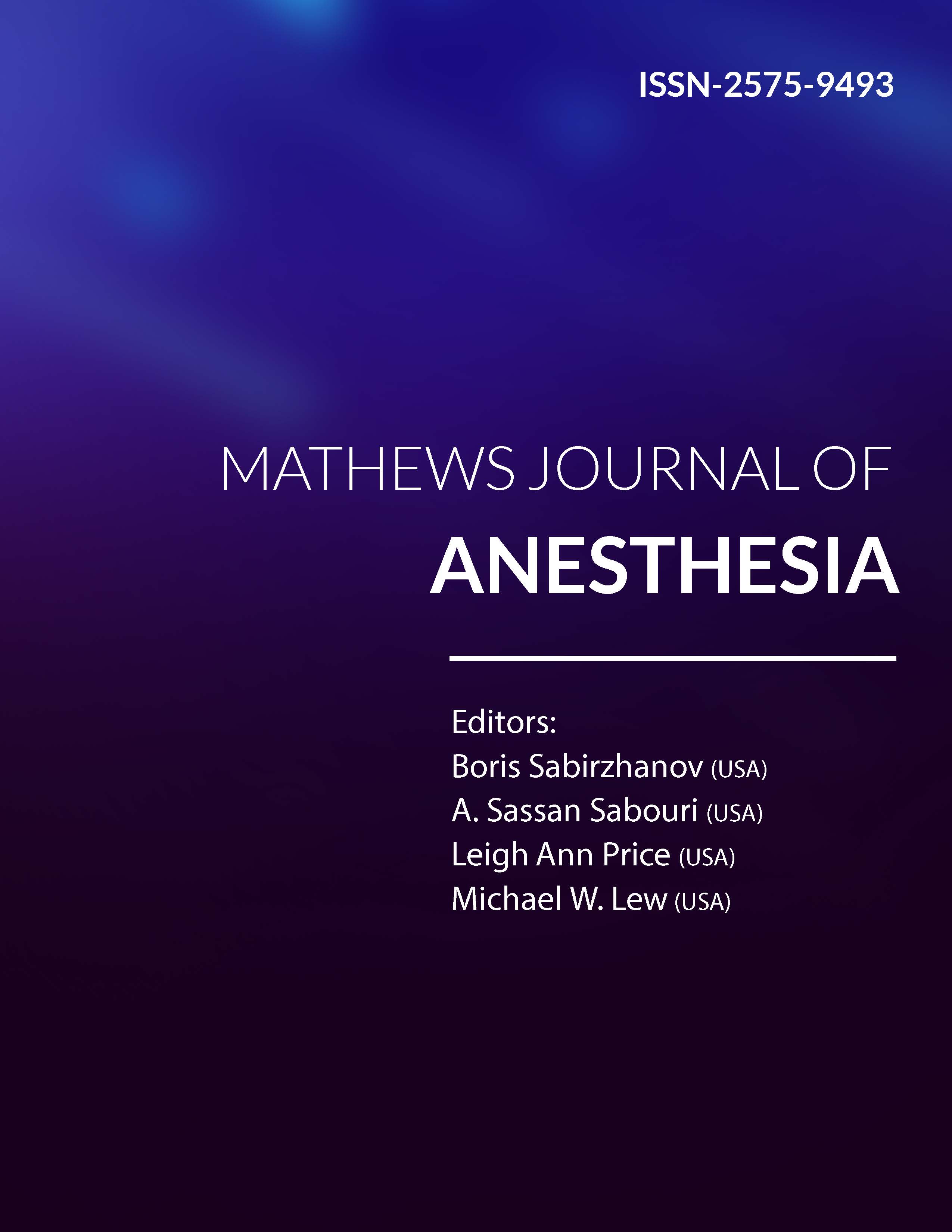
Information Links
Previous Issues Volume 1, Issue 1 - 2017
Comparison of Two Cardiac Output Monitors, qCO and LiDCO, During General Anesthesia
J Escriva Munoz1,E Gabarron2, P Fort1,Y Pan3,Shengjin Ge3,Q Liao3,M Vallverdu1
1Biomedical Engineering Research Centre, Universitat Politècnica de Catalunya, CIBER of Bioengineering, Biomaterials and Nanomedicine (CIBER-BBN), Barcelona, Spain.
2SPEC-M Lab of the Dept. Anesthesiology, Hospital Clínic, Univ. Barcelona, Barcelona, Spain.
3Zhongshan Hospital, Shanghai, China.
Corresponding Author:Escrivá Muñoz J, Biomedical Engineering Research Centre, Universitat Politècnica de Catalunya, CIBER of Bioengineering, Biomaterials and Nanomedicine (CIBER-BBN), Barcelona, Spain, Tel: +34 649110370; E-Mail: [email protected]
Received Date: 15 Jun 2016
Accepted Date: 18 Jul 2016
Published Date: 09 Aug 2016
Copyright © 2016 Escrivá Muñozj
Citation:Escrivá Muñoz J, Gabarrón E, Fort P, Pan Y, et al. (2016). Comparison of Two Cardiac Output Monitors, qCO and LiDCO, During General Anesthesia.Mathews J Anesth. 1(1): 002.
ABSTRACT
Background: Optimization of cardiac output (CO) has been evidenced to reduce postoperative complications and to expedite the recovery. Likewise, CO and other dynamic cardiac parameters can describe the systemic blood flow and tissue oxygenation state and can be useful in different clinical fields. This study aimed to validate the qCO monitor (Quantium Medical, Barcelona, Spain), a new device to estimate CO and other related parameters in a continuous, fully non-invasive way using advanced digital signal processing of impedance cardiography.
Methods: The LiDCOrapidv2 (LiDCO Ltd, London, UK) was used to compare the performance of the qCO in 15 patients during major surgery under general anesthesia. Full surgeries were recorded and cardiac output obtained by both devices was compared by using correlation and Bland-Altman analysis.
Results: The Bland-Altman analysis showed sufficient agreement with a mean bias of -0.03 ±0.71 L/min.
Conclusions: The findings showed that both systems offered comparable values and thus the non-invasive measurement of CO with qCO is a promising, feasible method. Further investigation will be required to validate this new device against calibrated devices and outcome studies would also be highly recommended.
KEYWORDS
Cardiac Output; Non-Invasive Hemodynamic Monitoring; qCO; LiDCO; Impedance Cardiography; Prediction Probability.